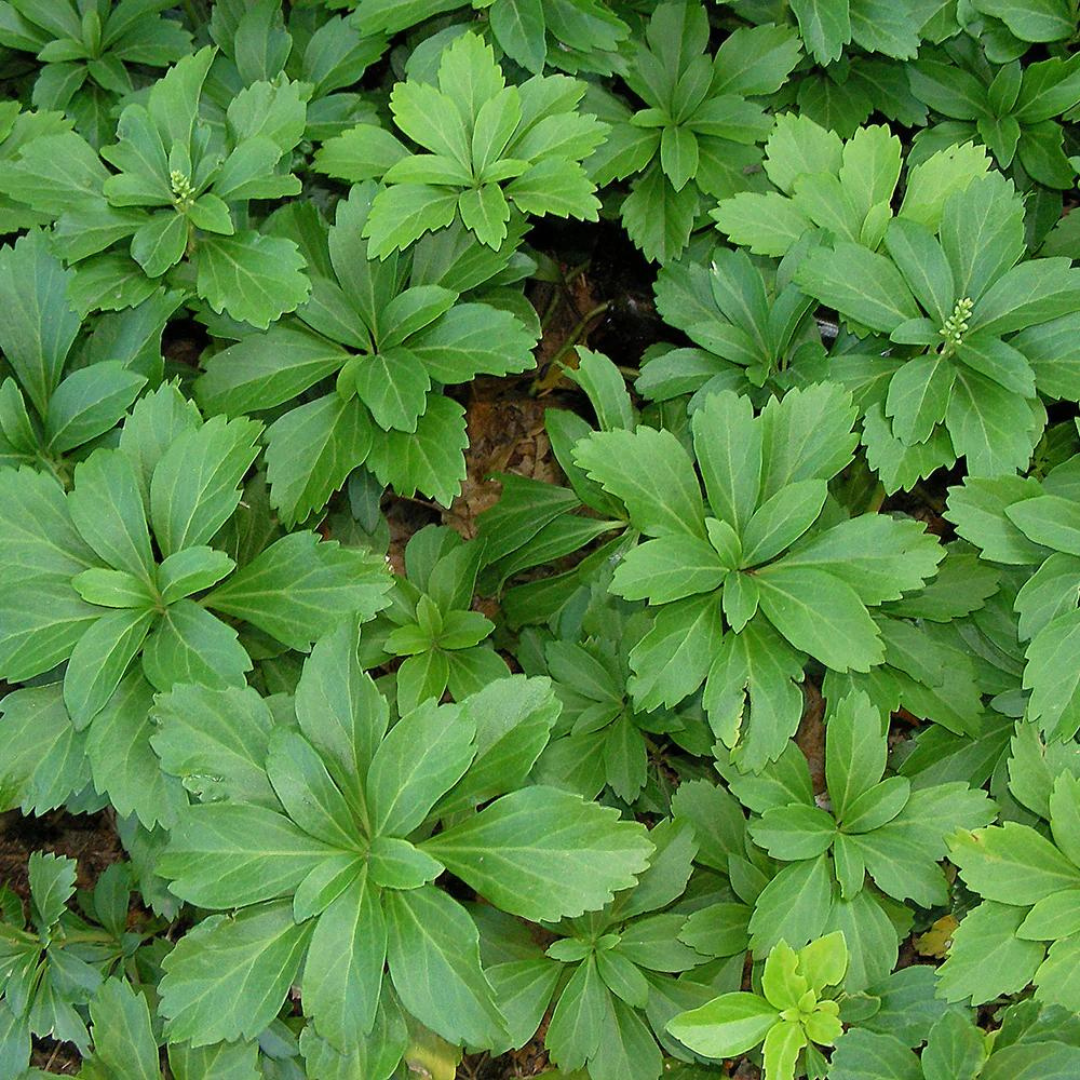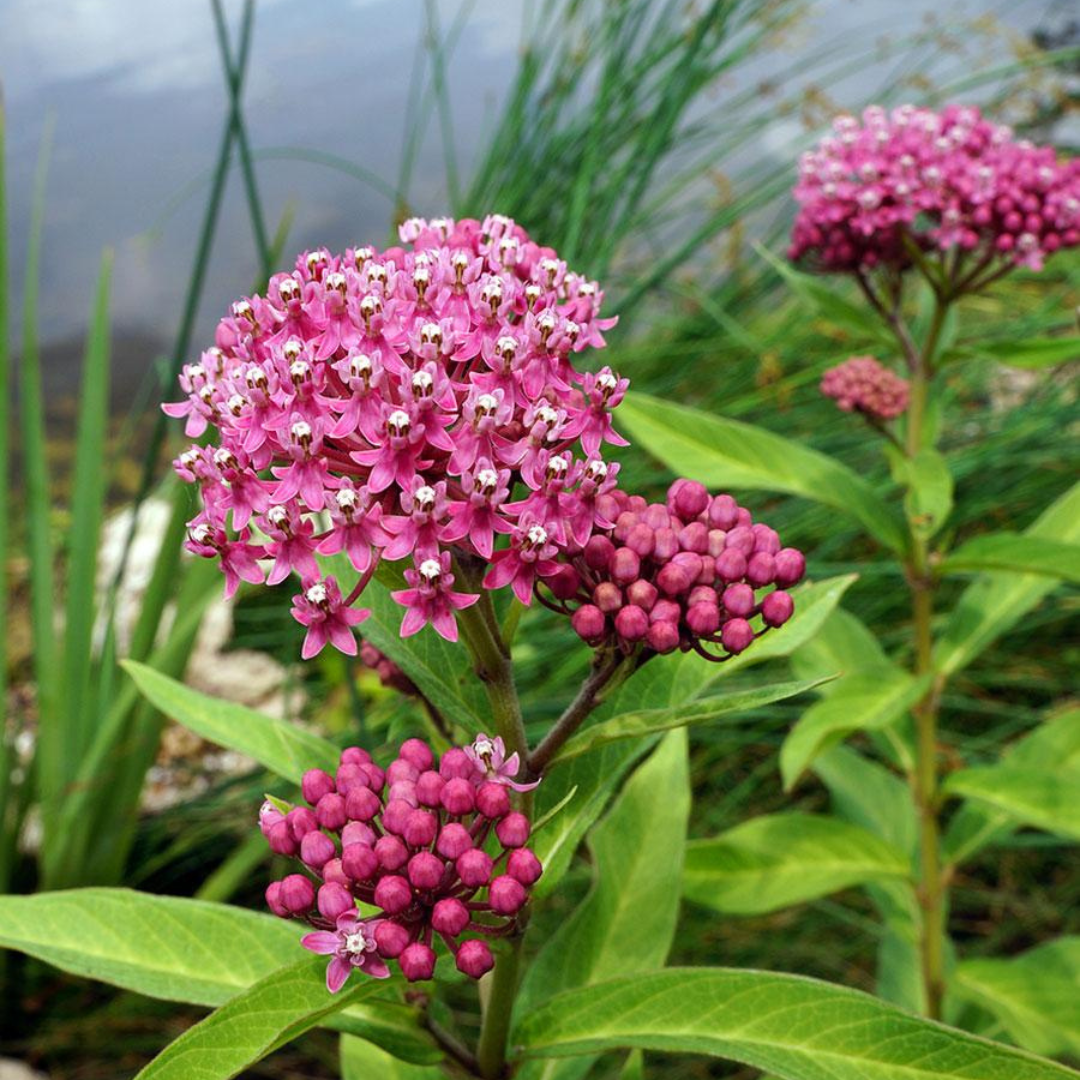
Papaver 'Princess Victoria Louise'
Add to Wishlist Full Sun
Full Sun
 Deer Resistant
Deer Resistant
 Pollinator Friendly
Pollinator Friendly
 Low Maintenance
Low Maintenance
- In stock, ready to ship
- Backordered, shipping soon
Papaver orientale 'Princess Victoria Louise': Blush of a Spring Princess
Delicately romantic yet boldly showy, Papaver 'Princess Victoria Louise' is a garden classic with a soft, peachy-pink hue that stands apart from other Oriental poppies. Each silky, crepe-like bloom is centred by a dramatic cluster of inky black stamens, offering a stunning contrast to the pastel petals. Blooming in late spring, the flowers rise above clumps of coarse, blue-green foliage, bringing a graceful yet eye-catching presence to full sun borders.
Plant Characteristics:
- Height: 75–90 cm
- Spread: 45–60 cm
- Flower Colour: Soft salmon-pink with black centre
- Flowering Period: Late spring to early summer
- Foliage: Coarse, hairy, blue-green; dies back in summer
- Sunlight Requirements: Full sun
- Soil Requirements: Well-drained, neutral to slightly alkaline soil
Uses and Benefits: This elegant cultivar is perfect for adding a soft, romantic touch to full sun borders, cottage-style gardens, or pastel-themed plantings. Its bloom period fills a critical early-season gap, offering colour before summer perennials take over. As the foliage goes dormant, neighbouring plants easily take the spotlight, keeping the display fresh. The blooms also attract pollinators, making it a valuable early food source for bees.
Companion Plants: Create a serene, sun-loving palette by pairing with the silvery foliage and purple blooms of Lavandula 'Hidcote Blue', the upright spires of Veronica 'Royal Candles', and the fine-textured movement of Schizachyrium scoparium 'Standing Ovation' for a long-lasting, low-maintenance combination.
Care Instructions: Provide full sun and excellent drainage—avoid wet soils, particularly in winter. Water regularly during spring growth, then reduce as the plant enters dormancy in summer. Allow foliage to yellow naturally before removing. Mature plants dislike disturbance, so site carefully. Deadhead for tidiness, or leave seedpods for visual interest.
History: Introduced in the early 20th century and named after German royalty, 'Princess Victoria Louise' is a time-tested cultivar of Papaver orientale, celebrated for its rare salmon-pink colouring and refined, upright habit. It remains a popular choice in classic and romantic garden styles.
Final Thoughts: With its luminous blush tones and regal form, Papaver 'Princess Victoria Louise' brings a touch of royal charm to spring borders—fleeting in bloom, but unforgettable in effect.






